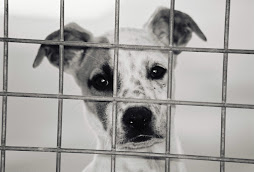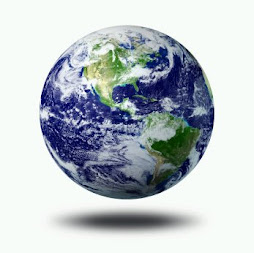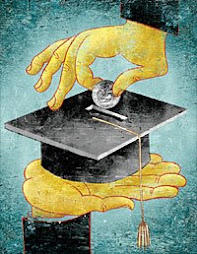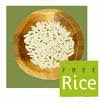
First, cotton is grown by the farmers. Here is Jordan in a local cotton field.

Here is the cotton "boll" on the vine. It's not quite ready to pick. Maybe within the next few weeks. The cotton gin company will buy the cotton from the farmers.

The cotton gin company brings the cotton back to their plant to clean it and sell it.

The cotton is then put into "loose dirty bales" using this cotton turbine and transported to the plant where it is then put on a conveyer belt and loosened up by a machine.

Everything inside the plant is controlled by this "computer brain".

The "dirty" cotton is sent to this machine that separates the seeds from the cotton. The seeds, stems, needles, and dirt are then sold for cattle feed, fertilization, and compost.

The "clean" cotton is then graded by a USDA officer. The grades range from A-D with A being the highest grade. The cotton is sold in units called "bales". These bales weigh between 412-520 lbs. The guy said that on a good day they can produce one bale of clean cotton per every 3 minutes !!!!!!!!!!! Cotton is used to produce clothing, diapers, home insullation, car seats, mattresses, money, etc. (yes, there is cotton in our money!)












No comments:
Post a Comment